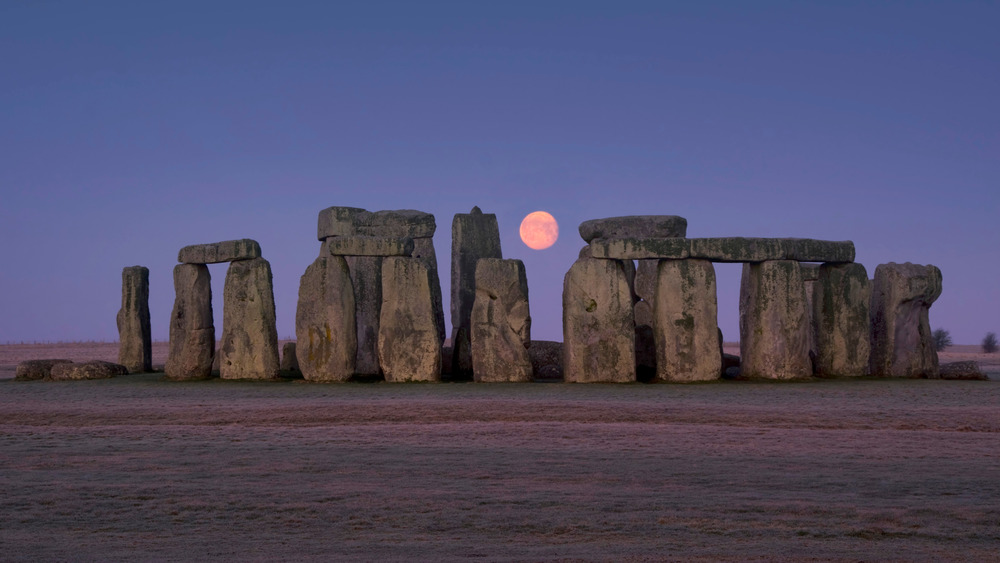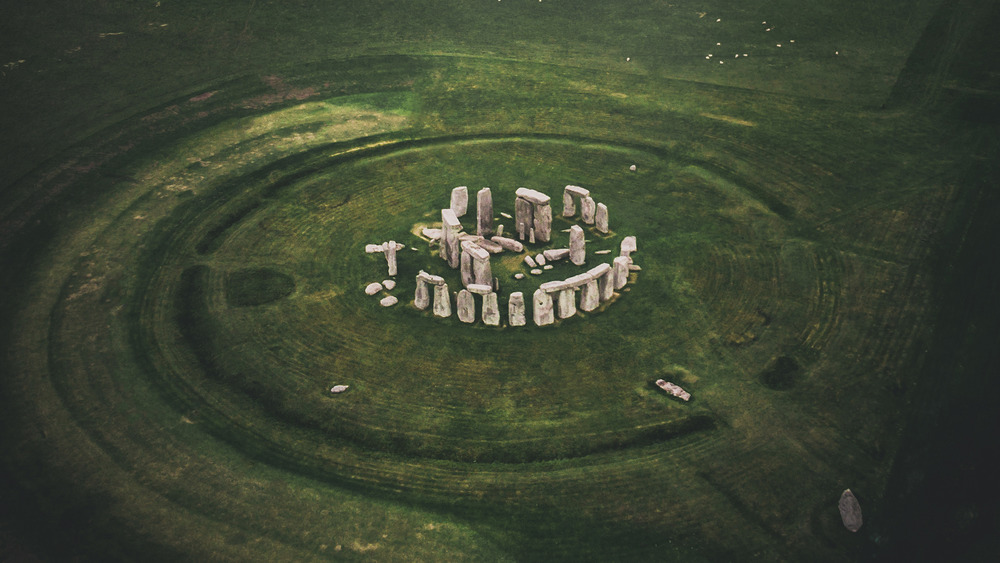Stonehenge's Origin Isn't What You Always Thought
The key to unlocking the origins of the mysterious megaliths standing in a sheep's field on England's Salisbury Plain might lie in Wales. For hundreds of years, the rings of free-standing bluestones, or dolerite — some capped by horizontal lintel stones — have generated questions on how the Neolithic engineering marvel came to be.
A new article in Antiquity suggests that a recent discovery of stone holes at the Waun Mawn monument, which contains a 360-foot diameter similar to Stonehenge's, might indicate that the structure was dismantled and some of its stones moved 175 miles away. A terrific feat since some of the pillars can weigh about four tons.
The excavated cluster of pillars and hole imprints, near a bluestone quarry in the western part of Wales, is also "aligned on the midsummer solstice sunrise," according to The Guardian, and contains "shapes that can be linked to Stonehenge's bluestone."
Researchers were led to the Wales area about a century ago when the British geologist Herbert Thomas hypothesized that Stonehenge's famous bluestones came from the Preseli Hills of Pembrokeshire, located on the coast of Wales, reported the Smithsonian.
Stonehenge's connection to Wales
Archaeologist Mike Parker Pearson, from the University College London, explored the area in 2015. His team found hazelnut shells from local workers' fires and radiocarbon-dated them, estimating the age at 3400-3200 B.C.E.
Pearson said to The Guardian in 2015, "It could have taken those Neolithic stone-draggers nearly 500 years to get them to Stonehenge, but that's pretty improbable in my view. It's more likely that the stones were first used in a local monument, somewhere near the quarries, that was then dismantled and dragged off."
Pearson's group began excavating Waun Mawn in 2017. Science reported that, "researchers say the dismantling of Waun Mawn and the rise of Stonehenge could have been part of a larger migration from the Preseli Hills to the Salisbury Plain. Human and animal remains found at Stonehenge have chemical signatures suggesting their early years were spent on the Welsh coast."
The new research by Pearson's team supposes that Waun Mawn may be the oldest circular stone structure in England, and part of it was removed before Stonehenge was constructed. Pearson thinks that the six holes and four stones that remain might have been part of a larger structure, perhaps 30 to 50 pillars. The New York Times points out that "one of the Stonehenge bluestones has an unusual cross-section whose pentagonal shape matches one of the gaps at Waun Mawn."
"It could have been in that hole," Pearson is quoted by the publication. "The proof is not categorical, but it is really quite suggestive."

